Explanation
Located at the western end of Busosan Mountain along the Baekma River, the Gudeurae region boasts beautiful scenery and a well-developed sculpture park. The port in the region acted as an entrance to the Sabi Castle during the Baekje dynasty and today serves as a dock for the cruise ship that travels up and down the Baekma River. Restaurants serving delicious regional cuisine are located near the dock, making the area a recommended tourist location for visitors who are looking for a combination of natural beauty and flavorful culinary delights.
Gudeurae was designated a Korea tourist region in 1985. Following the official designation, a sculpture park housing 59 sculptures was established in the area. Thirty of the works of art were crafted by sculptors residing in Gudeurae who are known for skills that have been handed down from artists dating back to the Baekje Period. The other 29 pieces are from Korean and overseas artists who participated in the International Modern Sculpture Symposium in 1999. The sculptures bring about a sense of beauty that reflects the region’s history as well as modern art, making the park a popular tourist site and retreat for residents. A monument built in memory of a well-known folk song describing the beauty of Gudeurae is also located in the region.
Inquiry
+82-41-830-2880
Homepage
tour.buyeo.go.kr (Korean only)
Information Use
Contact and Information : • 1330 Travel Hotline: +82-2-1330
(Korean, English, Japanese, Chinese)
• For more info: +82-41-830-2880
Parking facilities : Available
More information
Hiking Course
Tour Course Information
Available Facilities
Gudeurae naruteo, cruise
Restrooms
Available
Korean Info. Service
Location
60, Naruteo-ro, Buyeo-gun, Chungcheongnam-do
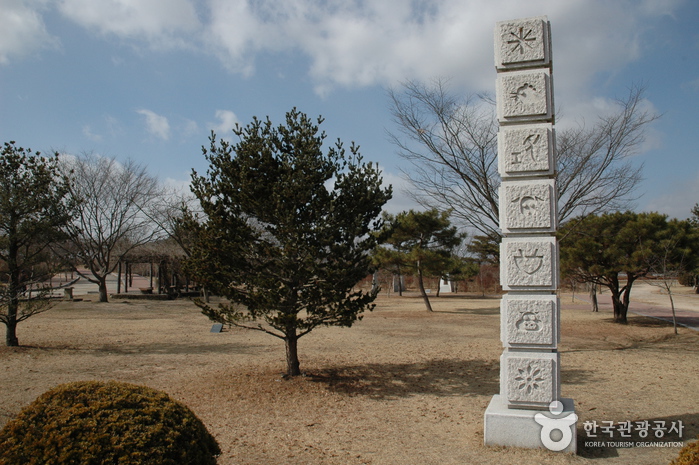
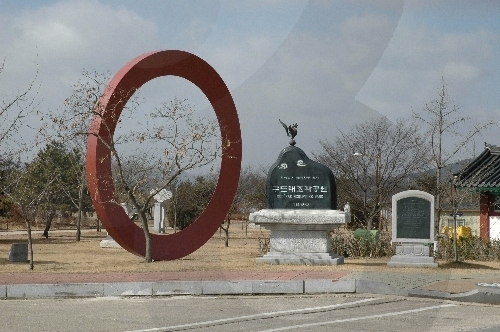
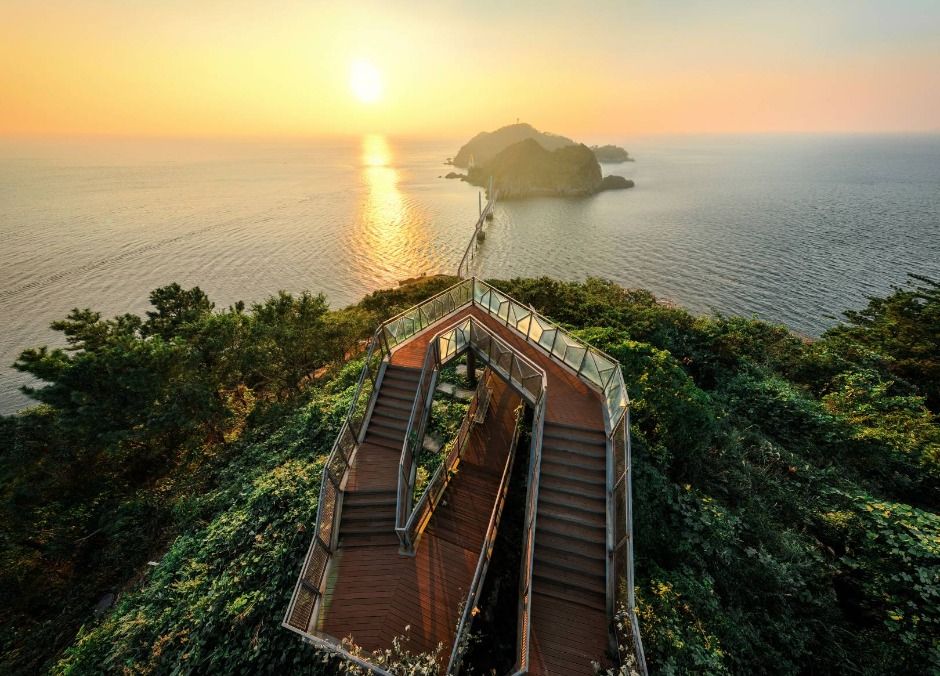
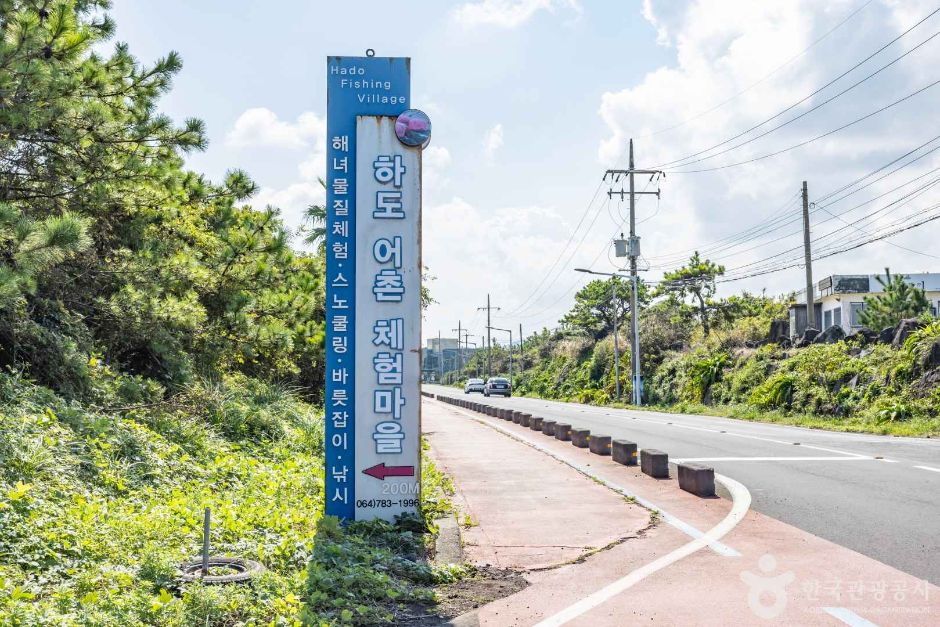
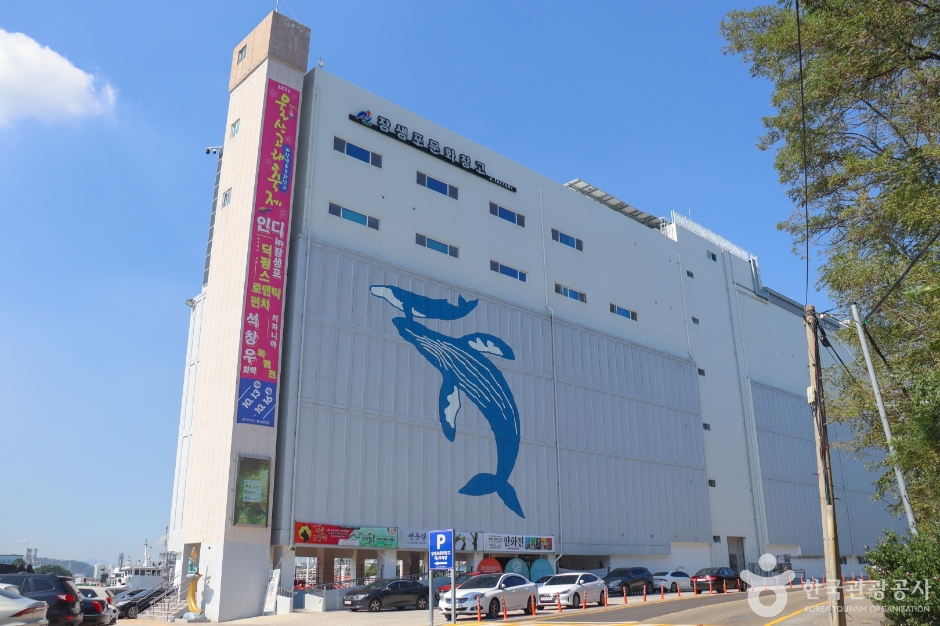
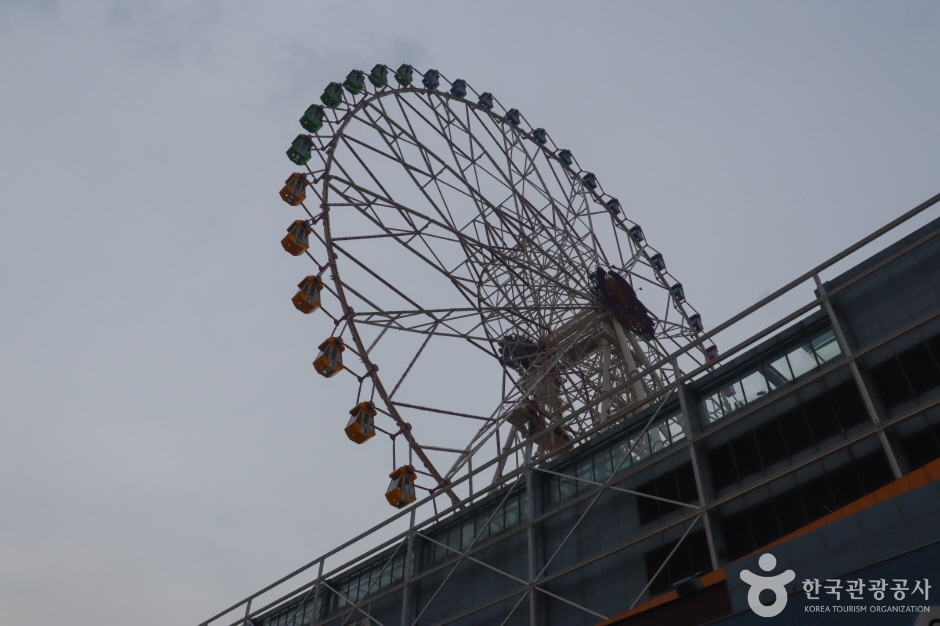

 English
English
 한국어
한국어 日本語
日本語 中文(简体)
中文(简体) Deutsch
Deutsch Français
Français Español
Español Русский
Русский